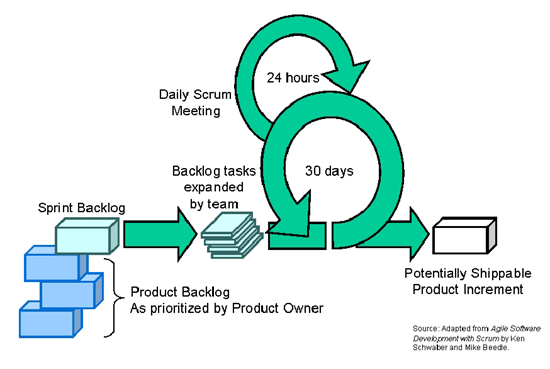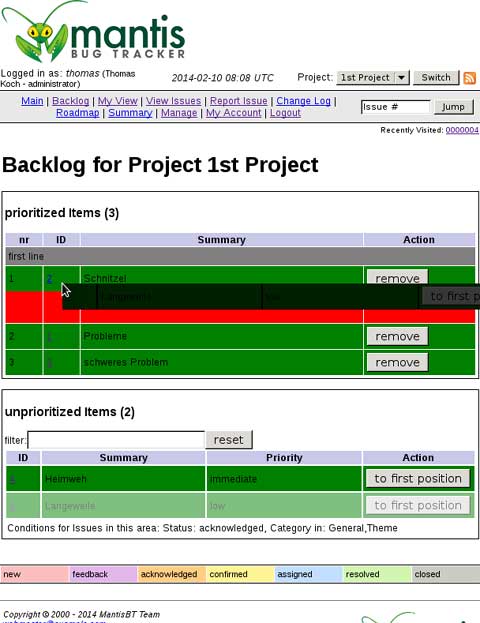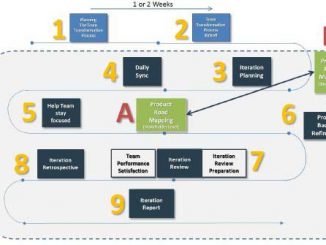Articles, Blog Posts, Books and Quotes on Agile Project Management
The Manifesto for Agile Software Development says that you should prefer “Individuals and interactions over processes and tools”. But how do you hire the right people for your Scrum software development projects. In her article “Hiring for Agility – Mindset Matters in an Agile Organisation”, Nadia Smith suggests that you should look for more for Agility than Agile.
After presenting some basic retrospective techniques in the first part of this article, Jesus Mendez provides in the second part some additional techniques that focuses on the facilitating part of the Scrum sprint retrospectives.
Metrics are an important part of Agile project management approaches like Scrum. One of the most used measures to estimate the amount of work are the story points. In this small article, Pedro Gustavo Torres explains what they are, why you need them and how to use them.
If user stories are the start of the conversations to define user requirements, Scrum teams can also use other tools to obtain a more precise definition of these requirements. In the article “When and How to Create Customer Journey Maps”, Kate Williamson presents the concept of customer journey map, the visualization of the process that a person goes through in order to accomplish a goal, and when and how to use them.
Product backlog refinement (or grooming) is an important activity in Scrum projects where user stories are prioritizes, right-sized and estimated. In his book “Agile Reflections”, Robert Galen provides some hints about how to verify that that product backlog grooming has been done successfully and that the right requirements information is available for the next sprint.
As stated in the Agile Manifesto, Agile software development is about “Individuals and interactions”. The importance of having a performing team where individuals collaborate is an essential factor for the success of software development projects. In his “Forming Agile Teams Workbook”, Jesus Mendez provides some tools that offer an alternative-proven way to add more structure, transparency and visibility to formation of Agile teams.
Sprint retrospectives are an important tool for Agile software development teams that want to implement continuous improvement and adjustment to their working context. In this article, Jesus Mendez provides some techniques that could help improving the outcome of your Sprint retrospectives.






